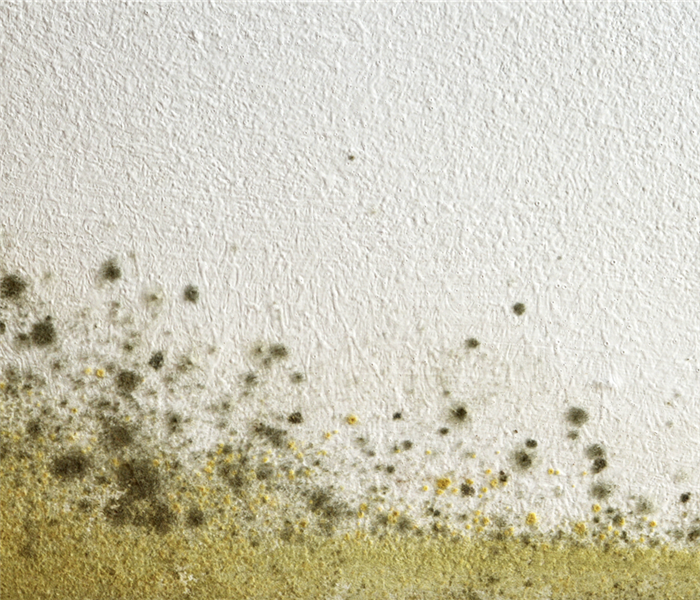How to Prevent Mold in Household Plants
11/8/2023 (Permalink)
In New Hyde Park, NY, our love for indoor plants knows no bounds. They not only add a touch of nature to our homes but also contribute to a healthier indoor environment. However, one challenge plant enthusiasts may face is the potential for mold growth in and around their beloved green companions. In this blog, we will provide you with valuable insights and practical tips to ensure your indoor plants and home remain mold-free and thriving.
- Choose the Right Potting Mix
Opt for well-draining potting soil that helps prevent excess moisture around the roots. A mix designed for your specific plant type can promote healthier growth while reducing the risk of mold.
- Use Proper Drainage
Ensure your pots have drainage holes to prevent water from accumulating at the bottom. Overly wet soil can create an environment where mold thrives. Elevating pots on saucers or using pot feet can also help improve drainage.
- Avoid Overwatering
One of the most common causes of mold in potted plants is overwatering. Only water your plants when the top inch of soil feels dry to the touch. Be sure to empty the saucer beneath the pot after watering to prevent standing water.
- Promote Air Circulation
Good air circulation is essential for preventing mold growth. Position your plants with enough space between them to allow air to flow freely. Using a small fan can also help improve air circulation.
- Prune and Trim Carefully
Remove dead or decaying plant matter promptly to prevent mold from spreading. Be cautious when pruning and avoid leaving cuttings or debris on the soil's surface.
- Use Sterile Tools
When transplanting or repotting, ensure your tools are clean and sterile. This helps prevent the introduction of mold spores into the soil.
- Keep Humidity in Check
While some plants thrive in humid conditions, excessive humidity can encourage mold growth. Use a hygrometer to monitor humidity levels in your home and adjust as needed.
- Choose Mold-Resistant Plants
Some plant varieties are naturally more resistant to mold than others. Research and select plants that are less prone to mold issues for your indoor garden.
- Inspect for Mold
Regularly inspect your plants and soil for any signs of mold. If you detect mold growth, remove affected areas promptly and adjust your care routine accordingly.
- Quarantine New Additions
When introducing new plants to your collection, quarantine them for a few weeks to ensure they are mold-free before integrating them with your existing plants.
Indoor plants can bring beauty and tranquility to your New Hyde Park, NY, home. By following these practical tips and maintaining a watchful eye on your greenery, you can create a healthy and mold-free environment for both your beloved plants and your family. Should you ever encounter mold issues that require professional attention, SERVPRO® of New Hyde Park/Mineola is here to help. Our experts are trained to handle mold remediation efficiently, ensuring a safe and mold-free living space for you and your indoor garden.



 24/7 Emergency Service
24/7 Emergency Service
